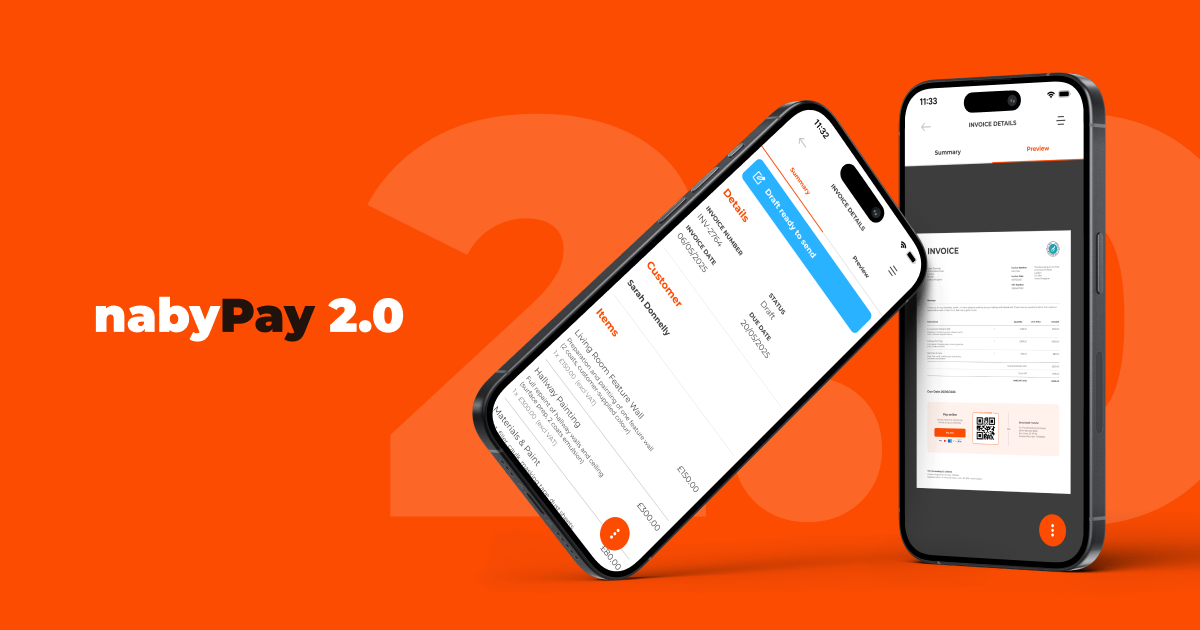Most business plan templates are written for startups seeking millions in funding. But as a sole trader or small business owner, you don't need a 50-page document that takes months to write.
You need something practical that helps you think through your business clearly and can be written in a few hours. Here's how to create a business plan that actually works for small businesses.
We'll cover:
- Why you need a business plan
- Keep it simple
- Executive summary
- Business description
- Market analysis
- Services and pricing
- Marketing and sales
- Financial projections
- Operations plan
- Next steps
Why you need a business plan
A business plan isn't just for getting loans or investment. It helps you think through the practical details of running your business.
Writing down your plans forces you to be realistic about costs, pricing, and how you'll find customers. It also gives you something to refer back to when making decisions or tracking progress.
Many banks and lenders will ask for a business plan, even for small loans. Having one ready saves time when opportunities arise.
Keep it simple
Your business plan should be 3-5 pages maximum. Focus on the essentials rather than trying to impress anyone with length or complexity.
Use plain English and avoid jargon. If you can't explain something simply, you probably don't understand it well enough yet.
Executive summary
Write this section last, even though it comes first. Keep it to half a page and cover:
- What your business does
- Who your customers are
- How you'll make money
- How much money you need (if applying for funding)
- Your key goals for the next 12 months
Think of it as your elevator pitch written down. Someone should understand your business completely after reading just this section.
Business description
Explain what you do and why you're the right person to do it. Include:
- Your business name and structure (sole trader, limited company)
- What services or products you offer
- Your relevant experience and skills
- What makes you different from competitors
- Your business location and any equipment you need
Keep this to one page. Focus on facts rather than grand statements about "revolutionizing the industry."
Market analysis
You don't need extensive market research, but you should understand your customers and competition.
Cover these basics:
- Who are your ideal customers
- How big is your local market
- Who are your main competitors
- What do competitors charge
- Why customers would choose you instead
Spend time talking to potential customers. Their feedback is worth more than pages of internet research.
Services and pricing
List exactly what you offer and what you charge. Be specific about:
- Your core services or products
- Pricing for each service
- How you've calculated your prices
- Any packages or special offers
- Terms of service
If you're not sure about pricing, research what others charge and factor in your costs plus a reasonable profit margin.
Marketing and sales
Explain how you'll find and win customers. Most small businesses succeed through:
- Word of mouth and referrals
- Local networking
- Online presence (website, social media)
- Local advertising
- Direct outreach
Be honest about what you're actually willing and able to do. Having a realistic marketing plan you'll follow beats an ambitious one you'll ignore.
Financial projections
Keep this simple but realistic. Include:
- Startup costs (equipment, marketing, legal fees)
- Monthly expenses (insurance, phone, travel, materials)
- Revenue projections for the first year
- Break-even point (when income covers expenses)
- Cash flow forecast for the first 6 months
Don't worry about detailed spreadsheets. Simple calculations are fine. The goal is to show you understand the numbers.
Operations plan
Explain how you'll actually run the business day-to-day:
- Your working hours and location
- How you'll deliver your services
- What equipment or software you need
- How you'll handle bookkeeping and invoicing
- Any legal requirements or insurance needed
This section helps you spot potential problems before they happen.
Next steps
End with a clear action plan. List the specific steps you need to take in the next 90 days to get started or grow your business.
This might include:
- Registering your business
- Getting insurance
- Building a website
- Finding your first customers
- Setting up accounting systems
Having concrete next steps makes your plan actionable rather than just theoretical.
Getting started
Don't overthink it. Your first business plan doesn't need to be perfect. You can update it as you learn more about your business and customers.
The most important thing is to start writing. Even a simple plan is better than no plan at all.
Focus on being realistic rather than optimistic. It's better to exceed modest projections than fall short of ambitious ones.
Remember, the goal isn't to impress anyone. It's to help you build a successful business that gets you paid faster and more consistently.












